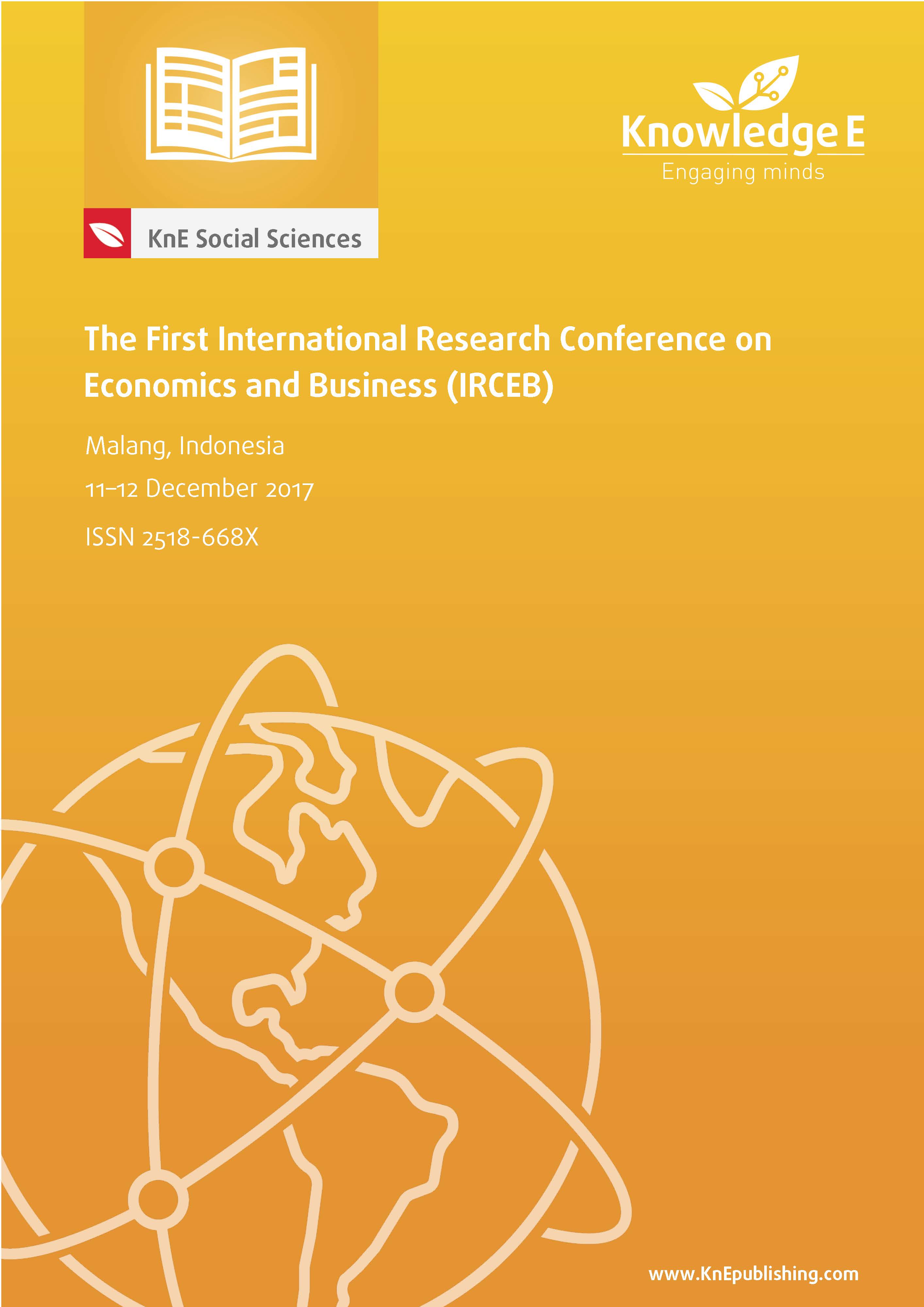Mitigating Consumptive Behavior By Enhancing Student’s Financial Literacy: Experiments Using Video Learning
DOI:
https://doi.org/10.18502/kss.v3i3.1901Abstract
In Indonesia, low level of financial literacy, which is reflected through consumptive behavior, has reached a point of concern. This study attempts to increase financial literacy among accounting students by using learning video. Learning video was used to increase financial literacy and decrease the consumptive behavior among students. This research used quasi experiment method in two classes (experiment class and control class). The findings indicate that video, as learning media, has a significant positive effect and can increase students’ financial literacy as well as decrease the consumptive behavior of students.
Keywords: Financial Literacy, Consumptive Behavior, Video Learning.
References
Aloraini, S. (2012). The impact of using multimedia on students’ academic achievement in the College of Education at King Saud University. Journal of King Saud University - Languages and Translation, 24(2), 75–82. https://doi.org/10.1016/j. jksult.2012.05.002.
Atkinson, A. & F. Messy. (2012). Measuring Financial Literacy: Results of the OECD / International Network on Financial Education (INFE) Pilot Study. OECD Working Papers on Finance, Insurance and Private Pensions, No. 15. https://doi.org/http://dx. doi.org/10.1787/5k9csfs90fr4-en
Chinen, K., & Endo, H. (2014). Observation of Financial Literacy among the Selected Students in the U.S. and Japan. International Journal of Economics and Finance, 6(9), 95. https://doi.org/10.5539/ijef.v6n9p95
Cruse, Emily. (2006). Using Educational Video in the Classroom: Theory, Research and Practice |Media and Learning. Retrieved August 30, 2017, from http://www. libraryvideo.com/articles/article26.asp
Danes, S. M., & Haberman, H. R. (2007). Teen financial knowledge, self-efficacy, and behavior: A gendered view. Journal of Financial Counseling and Planning, 18(2), 48–60.
Holsinger, Erik. (1995). How do multimedia works (Vol. 1). Riyadh: Arab Scientific Publishers.
Hilgert, M. A., Hogarth, J. M., & Beverly, S. G. (2003). Household financial management: the connection between knowledge and behavior. Federal Reserve Bulletin, ( Jul), 309–322.
Alfar, Ibrahim. (2009). Preparation and production of interactive multimedia software (1st ed.). Egypt: Delta Computer Technology.
Johnson, E., & Sherraden, M. (2007). From Financial Literacy to Financial Capability Among Youth. The Journal of Sociology & Social Welfare, 34(3). Retrieved from http: //scholarworks.wmich.edu/jssw/vol34/iss3/7
Lusardi, A & Mitchell, OS. (2014). The Economic Importance of Financial Literacy:Theory and Evidence. Journal of Economic Literature, 52(1), 5–44. https://doi. org/http://dx.doi.org/10.1257/jel.52.1.5
Lutfi, & Iramani. (2008). Financial Literacy Among University Students And Its Implications To The Teaching Method. Presented at the SEAAIR Conference, STIE Perbanas Surabaya.
Aligaweesa, Millicent A.k. (1987). The role of a university in national development: a case study of makerere university. Journal of Educational Administration, 25(2), 294–307. https://doi.org/10.1108/eb009937
Mohamad, Rossafri, Yahaya, Wan Ahmad Jaafar Wan, & Muninday, Balakrishnan. (2008). USING VIDEO MATERIALS IN FORMAL EDUCATION: A METHODOLOGICAL APPROACH. Retrieved August 30, 2017, from https://www.researchgate.net/publication/265466001_USING_VIDEO_MATERIALS_IN_FOR AL_EDUCATION_A_ METHODOLOGICAL_APPROACH
OJK. (2017). Survei Nasional Literasi dan Inklusi Keuangan. Kemeterian Keuangan Republik Indonesia. Retrieved from http://www.ojk. go.id/id/berita-dan-kegiatan/siaran-pers/Documents/Pages/ Siaran-Pers-OJK-Indeks-Literasi-dan-Inklusi-Keuangan-Meningkat/17. 01.23%20Tayangan%20%20Presscon%20%20nett.compressed.pdf
Qandeel, Abdul Rahman Yasin. (1998). Educational Methods and Technology Education (Vol. 1). Riyadh: Riyadh Publishing House.
Ross, A. M. (1973). The Role of Higher Education Institutions in National Development. Higher Education, 2(1), 103–108. https://doi.org/10.2307/3445764
Smaldino, Sharon E., Lowther, Deborah L., & Russel, James D. (2015). Intructional technology & Media For Learning. USA: Pearson.

